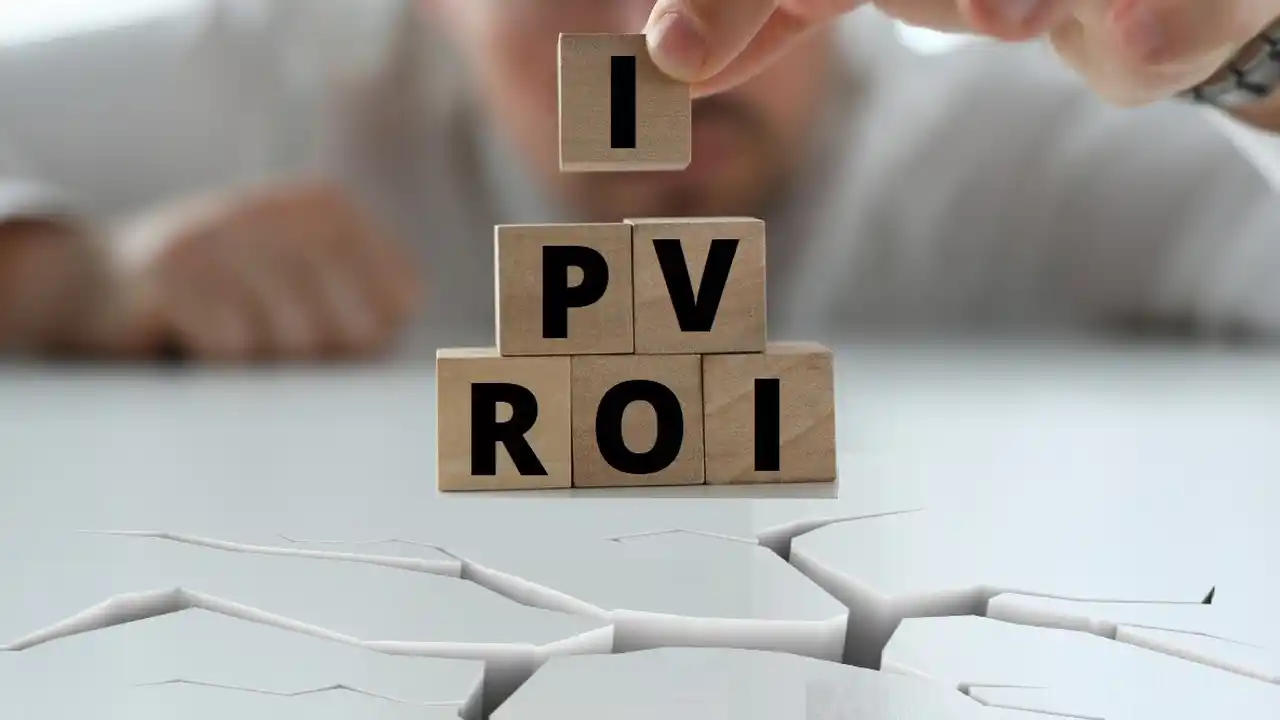Microfinance provides funding to small enterprises with little security. Microfinance, a combination of the words “micro” and “finance,” pushes institutions to alleviate poverty. This is a fantastic goal. Whether government-created or corporate-based. This group evolved into the Microfinance Institution. Borrowing assistance, deposit management, and business growth advice are all available. This topic outlines features of microfinance which will assist you to achieve desired goals in your life.
Microfinance is extremely beneficial to the lower middle class. Because they don’t know how much they’ll get back, the lower middle class has a difficult time getting business loans from traditional lenders. Assets and a steady income are two examples. Microfinance assists communities in effectively managing loan funds by giving correct information. This benefits Indonesia’s lower middle class and economic growth. Learn about the implications of types of microfinance topic on groups of people by reading this informative post.
Features of Microfinance
Microfinance aids small businesses and individuals who are unable to obtain bank loans. Also, microfinance, often known as microcredit, is available to low-income or unemployed individuals who are unable to access banking services.Microfinance is the provision of financial services to low-income or unbanked individuals. Savings, checking, cash transfers, microinsurance, and microcredit are all examples of microfinance. To serve your research and educational needs, here is a list of features of microfinance.
Education Opportunity
Children who do not have the money to attend school miss more days or do not attend at all. The primary reason is that the majority of poor people work in agriculture. Children must work to provide for their family. Receiving microfinance products minimizes the risk of financial insecurity, keeping children in school.This is especially important for households with a lot of girls. Women who have completed eight years of schooling are four times less likely to marry before the age of twenty. Teens are less likely to become pregnant. This, however, enhances the chances of women graduating, getting a good job, or returning to school.
Empowering the Overlooked
Microloans are usually given to women in developing countries. Also, some microfinance products lend to women 95% of the time. Microfinance products enable the disabled, unemployed, and beggars to reclaim control over their lives. Even in developed countries, women play an important role in business leadership. According to Catalyst, firms with female board members recoup 66% more on investments and 42% more on sales than organizations with only male board members. Women are also more likely than men to mentor entrepreneurs. Teaching, feedback, and investments can all be beneficial. Women helping women is an unstoppable economic force, particularly in wealthy countries.
What for
Microfinance loans are given to small businesses and low-income individuals. As a result, microfinance companies strive to assist underdeveloped firms in making money.
Need for Collateral
Microfinance loans and credit cards, for the most part, do not demand collateral. Many microfinance institutions lend to businesses and individuals without requiring collateral.
Loan Metrics
Smaller loans and credit lines are typically available from microfinance institutions. Also, the amount can be influenced by the type of business and its location. Microfinance loans are short-term in nature because consumers can repay smaller amounts over time. Loan repayment is required by microfinance institutions within a specific timeframe.
Learn more about
Before lending, some microfinance programs require financial education. People who buy the goods may be able to save money by using the program’s information. Microfinance can help students who need to drop out of school to support their families. It has the potential to improve their academic performance. Additionally, if a family can afford more efficient farm equipment, they may be able to send their children to school on a more regular basis without having to help with farming.
Cost Relief
Money for monthly costs can help people and businesses get out of debt by utilizing microfinance. Microfinance encourages businesses to improve their offers. Microfinance has the potential to relieve business stress while also increasing community involvement.
Ability to Access
Increasing the availability of microfinance may benefit entrepreneurs and business owners who are unable to obtain traditional financial products. Additionally, for customers who are unable to visit a branch, banks may provide these services online or through a smartphone app. This can help rural small business owners obtain loans.
Loan Funds
Clients of microfinance are mostly small businesses or low-income households. Furthermore, small business owners, freelancers, and others who do not have access to basic banking services are among those targeted.
Edu Opportunities
Many rural families rely on farming for a living. Also, this may make it difficult for them to make significant investments in their children’s education. Because these households may require men to work on the land, their children assist. Microfinance can help these families focus on their children’s education.
FAQ
Who Gives out Microloans?
Microfinance institutions (MFIs) make small loans to people who do not have access to traditional banks. AdditionallyEvery country defines “small loans” differently. Microloans in India are all for less than a lakh rupees.
Microfinance is Owned by Who?
Modern “microfinancing” originated in the 1970s, when Muhammad Yunus established the Grameen Bank of Bangladesh and revolutionized the business.
Why is Microfinance Growing?
The study discovered that the ability of MFIs to handle money and loans, as well as follow money rules and procedures, is critical to their success. Competent personnel, critical staff training, loan follow-up, corruption, and business training for members are some other examples.
Conclusion
Low-income individuals who are unable to afford traditional banks can access microfinance services. Small business loans without any risk are offered by microfinance. Although microfinance services are offered all over the world, most of them are concentrated in developing nations like Honduras, Uganda, Serbia, and Indonesia. Some lending institutions help women. Now we are aware about the impact of features of microfinance on society, people, and organizations in both positive and negative ways.






